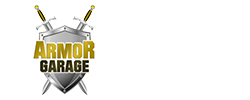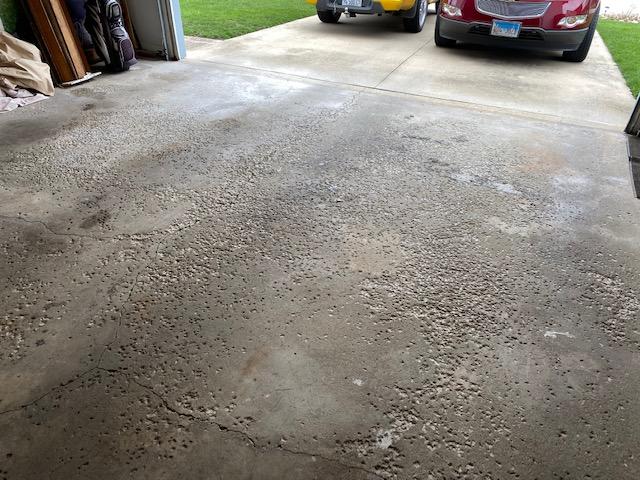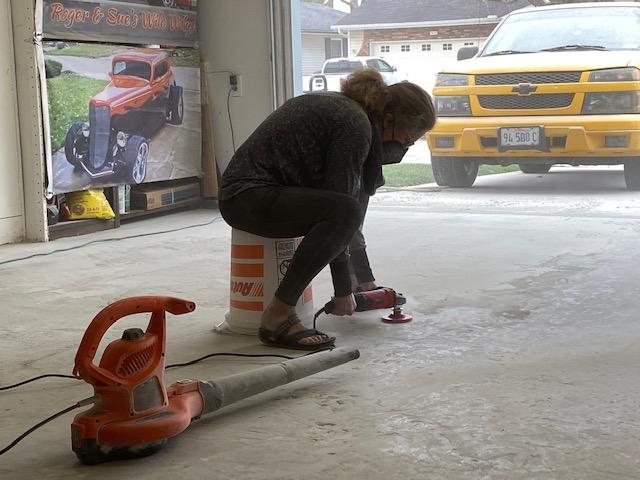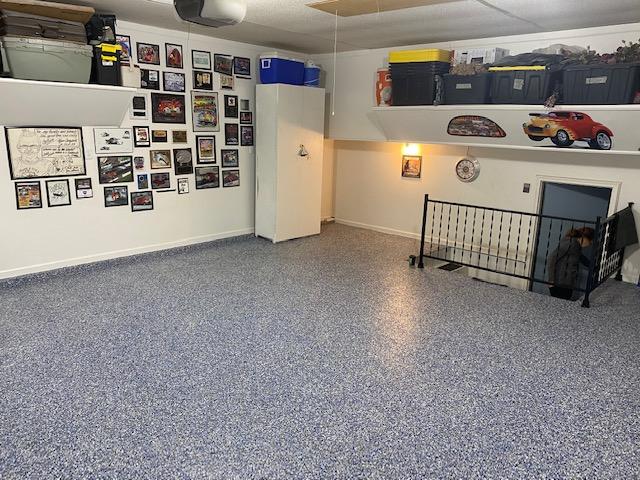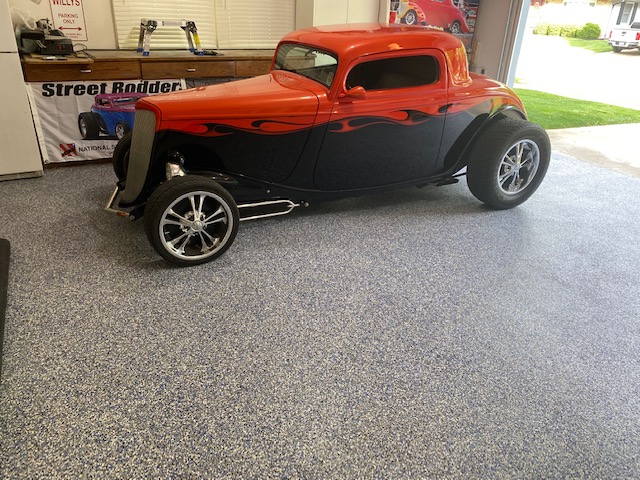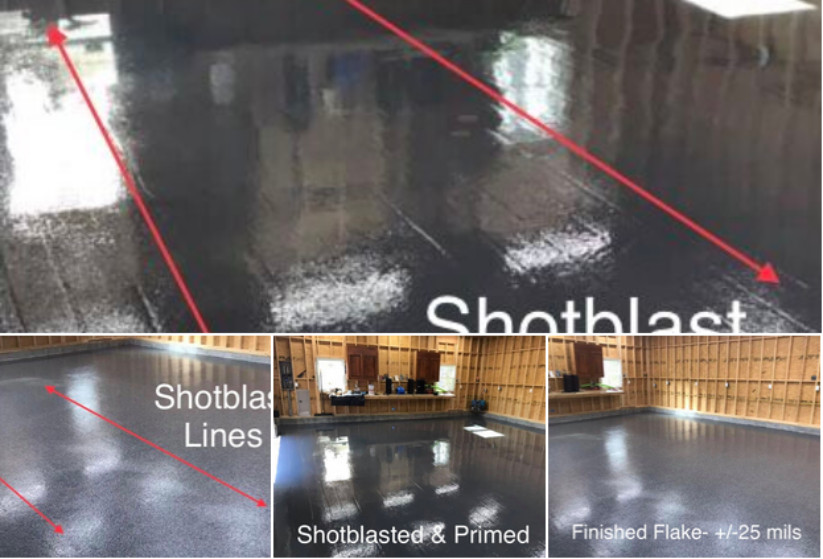WHAT IS THE MOST IMPORTANTTHING WHEN BUYING EPOXY FLOORING?
The answer is how well will the coating resist wear and tear, Abrasion is the biggest enemy of any epoxy floor coating. If your coating doesn’t have the proper thickness and a true high performance urethane topcoat your floor is going to look great the first day you put it down. But then 90% of the time its downhill from there. The destructive forces of your vehicle’s tires, road salts and chemicals will see to that and once they penetrate the surface of your coating ever so slightly it begins an irreversible process of dirt spots, dull spots, staining, moisture and or chemical degradation. The key is to have an impenetrable layer over your actual epoxy. Some companies just use the same epoxy in a clear version, that’s not a topcoat. Your topcoat has to be much harder than your epoxy otherwise it’s a waste of money.
ArmorGarage has the best topcoats in the business, it’s why our floors look so great even after 15-20 years! That’s not just us saying that either. Take a look at the video at the top of the Home Page, it’s an Armor Chip floor with our military grade topcoat done almost 16 years ago and it still looks new even with big SUVs,and several cars turning in and out of their parking spaces several times a day! It’s still glossy enough where it still reflects light! This is not what you’re going to get with off the shelf garage epoxy floor coatings.
Now take a look at this CASE STUDY towards the bottom of the page. It’s a floor done with Armor Chip, primer and the military grade topcoat. When you first look at the pictures you’re going to say to yourself that floor looks like bloody hell and say what are the ArmorGarage guys thinking of showing this floor off. Well when you hear the facts about the floor you’ll realize why we’re showing it off. The floor is in a large Liquor warehouse store in NJ that has an average of 3000 customers per day walking through the store. There is also all sorts of other mean nasty and abusive things being done to the floor 7 days a week 365 days a year. There’s forklifts, pallet jacks, hand trucks running around all day, there’s employees dragging pallets across the floor by hand all day and shopping carts rolling around nonstop. On top of all that the floor has gotten zero maintenance, no washings or cleaning at all. The only time it’s cleaned is if a customer drops a bottle of alcohol on it and it’s wiped up by an employee. That’s the extent of maintenance performed. So when you take all that into account it’s easy to see why the floor looks like it does but in reality it’s in great shape after 14 years of abuse and neglect. So how does this apply to you? Just think about your application, you have a car, a pickup or SUV that you basically pull straight in and out everyday. That’s child’s play for this floor and why your floor will still look great at it’s 20th anniversary.
So at the end of the day you might be told that’s what you’re getting and what you think you’re getting with another product you’re considering to purchase but it’s just not going to happen. The video and this case study is all you need to know to purchase your epoxy floor coating with peace of mind!
